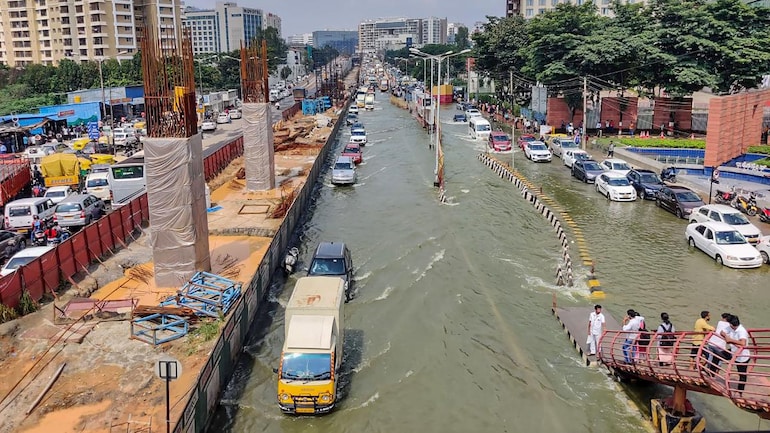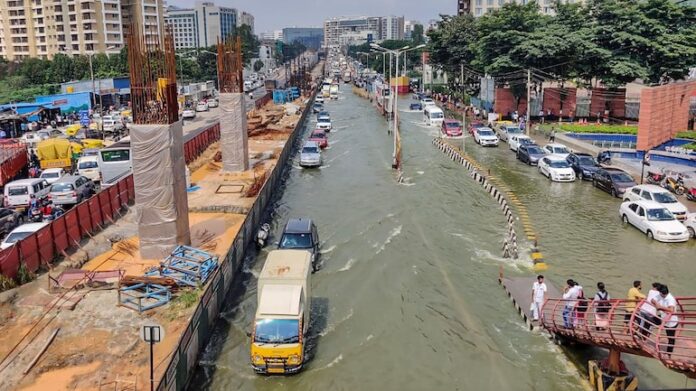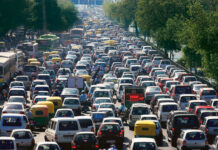
More rain is expected as Bengaluru experiences severe flooding in its streets and residential areas. After recent severe rains, some portions of the city are still underwater.
The state is expected to have heavy rainfall on Tuesday as well, according to the India Meteorological Department (IMD).
The IMD has stated that over coastal and south interior Karnataka for the next five days, it is highly possible that there will be very widespread to widespread rainfall with isolated heavy rains accompanied by thunderstorms and lightning.
“Bengaluru has seen tremendous rains; I’ve spoken with the commissioner of the BBMP and other officials.Of light of the most recent forecast, Karnataka Chief Minister Basavaraj Bommai remarked, “I have directed officials to depute two State Disaster Response Fund (SDRF) teams with boats and other equipment to the Mahdevapura and Bommanahalli zones in the city that have been most affected.”
The highest amount of rain in the state fell on Bengaluru city on Monday night, totaling 13 centimetres, damaging public facilities. While it remained weak across the state’s coastal regions, monsoon activity increased over 16 districts in the south interior of Karnataka.
The extra precipitation was brought on by a shear zone that had formed between 4.5 and 5.8 kilometres above mean sea level and that dumped torrential rainfall across southern interior Karnataka, including Bengaluru City. An area with conflicting winds that concentrates heavy rain is known as a shear zone and is a monsoon weather phenomenon.
According to Dr. Geeta Agnihotri, head of the Regional Meteorological Centre in Bengaluru, the shear zone that had formed was the cause of the extremely heavy rainfall in Bengaluru City. She explained that it happens frequently during the monsoon season, much like the troughs, circulations, and low-pressure areas that cause the rainfall.












